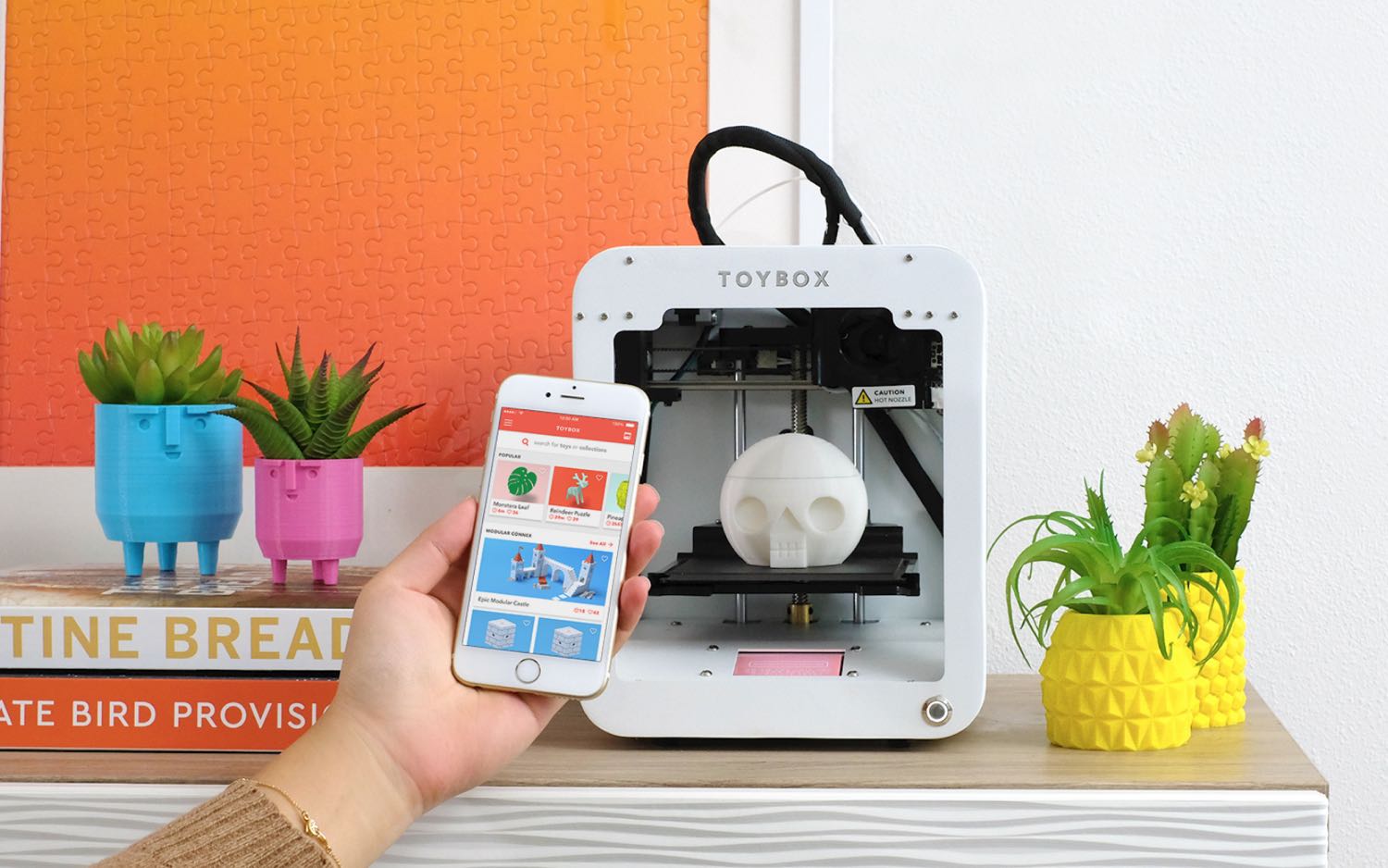Tom's Guide Verdict
Young makers will get a big kick out of watching this neat, cheap 3D printer produce toys for them.
Pros
- +
Prints simple toys quickly and efficiently
- +
Easy setup and interface
- +
Wide selection of simple toys available to print
Cons
- -
Hot and moving parts make it unsuitable for younger users without supervision
- -
Unheated print bed means prints don't always stick.
Why you can trust Tom's Guide
Part of 3D printing's promise is that you'll be able to print useful things at home. And that's precisely what the Toybox from Make.Toys does: it simply and quickly prints toys. You just pick the toy you want from a selection on the company's website, hit the print button and wait. Your completed toy then pops out, ready for play.
The process works, mostly: We were able to print some of the best toys like trains, track, castle parts and walls and small action figures from the simple-to-use web interface, and they were faithfully printed in sturdy, nontoxic PLA in a range of colors. But, like growing up, there are a few teething issues you need to get through first with the Toybox, such as the odd failed print and an interface with a few rough edges.
Still, if you look at 3D printing as a hobby for you and your kids can enjoy together, Toybox is one of the best 3D printers you can buy.
Toybox 3D printer review: Price and availability
The Toybox 3D printer debuted a few years ago for $399. These days, the starter bundle costs $299, and you buy it directly from Make.Toys.
Toybox 3D printer review: Design
Not to put too fine a point on it, but the Toybox is cute. It's a small printer, less than 8 inches wide and a little more than 9 inches high. The frame is metal, with open areas revealing the printhead and removable print bed. The print bed is a magnetic sheet that holds tightly onto the base, but which slides off easily when the print is done. Because this base is flexible, you can remove prints by bending it until they lift off.
Spare print beds are cheap: three will cost you $14. The filament comes in 0.5lb (about 220g) reels that cost $10 each and fit onto the back of the printer. Although these reels are smaller than most and carry only 0.5lb of filament, you can use any 1.75mm PLA filament if you can work out a way to feed it to the printer.
The Toybox can't produce large prints: they are limited to just over 3 inches on each side. Considering the size of the printer, that is no big surprise, and the toys on offer are either small, or print in small parts. The train track, for instance, can be printed in 2-inch lengths that fit together to produce a larger model. The layer height (the thickness of the layers used to create the print) is also fixed at 0.2mm, which is pretty standard for small printers.
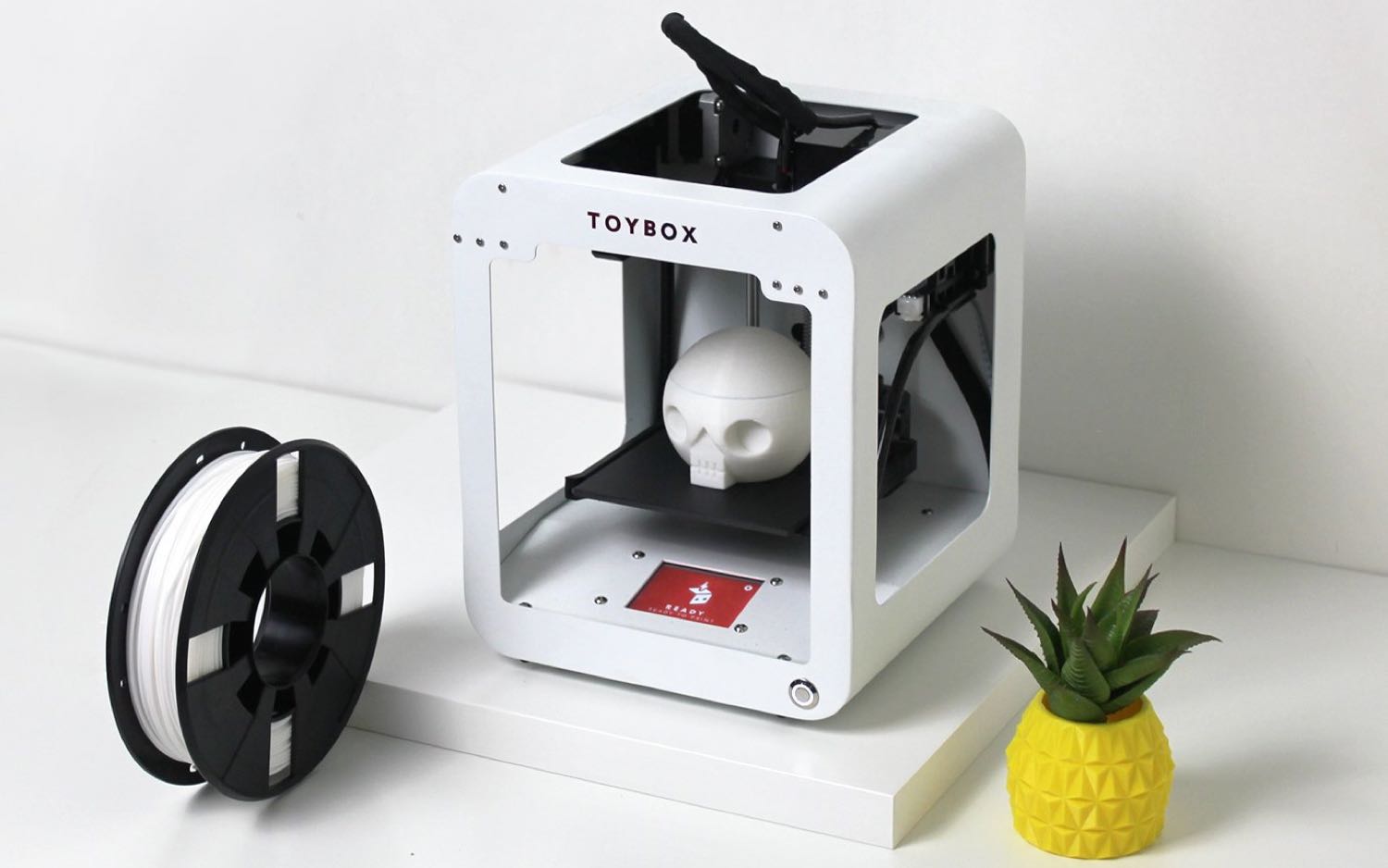
Make.Toys plays up the cute angle with the naming of the parts: the power supply is an "electron feeder" and the filament is "printer food." The food metaphor stretches to the colors as well: green filament is called apple, purple is grape, white is coconut and so on. It's a cute idea, but it also has to be accompanied by the warning that the filaments are not edible.
MORE: 10 Things You Never Knew Your 3D Printer Could Produce
Although the Toybox is designed to print toys, there are a few things about the printer that aren't kid-friendly. The hot printhead can be touched fairly easily, and fingers could be crushed by the moving printhead. (Update, 12/17: Make.Toys tells us that the Toybox uses low torque motors, so the motors should stop rather than crush anything.) There is also another curious omission: There is no way to stop the print midway on the device itself. The only way to stop it is to pull the power plug out, or hit the stop button in the web print interface. The latter method takes a couple of seconds to take effect.
Toybox 3D printer review: Controls
The Toybox keeps the controls on the printer itself simple. There's a single small LCD touch screen that shows the status of the printer and offers a simple interface to load filament, set up the printer and configure a few other basic settings. The printer connects to the Make.Toys online service over 2.4GHz Wi-Fi, so you'll need to set up an online account to control your printer.
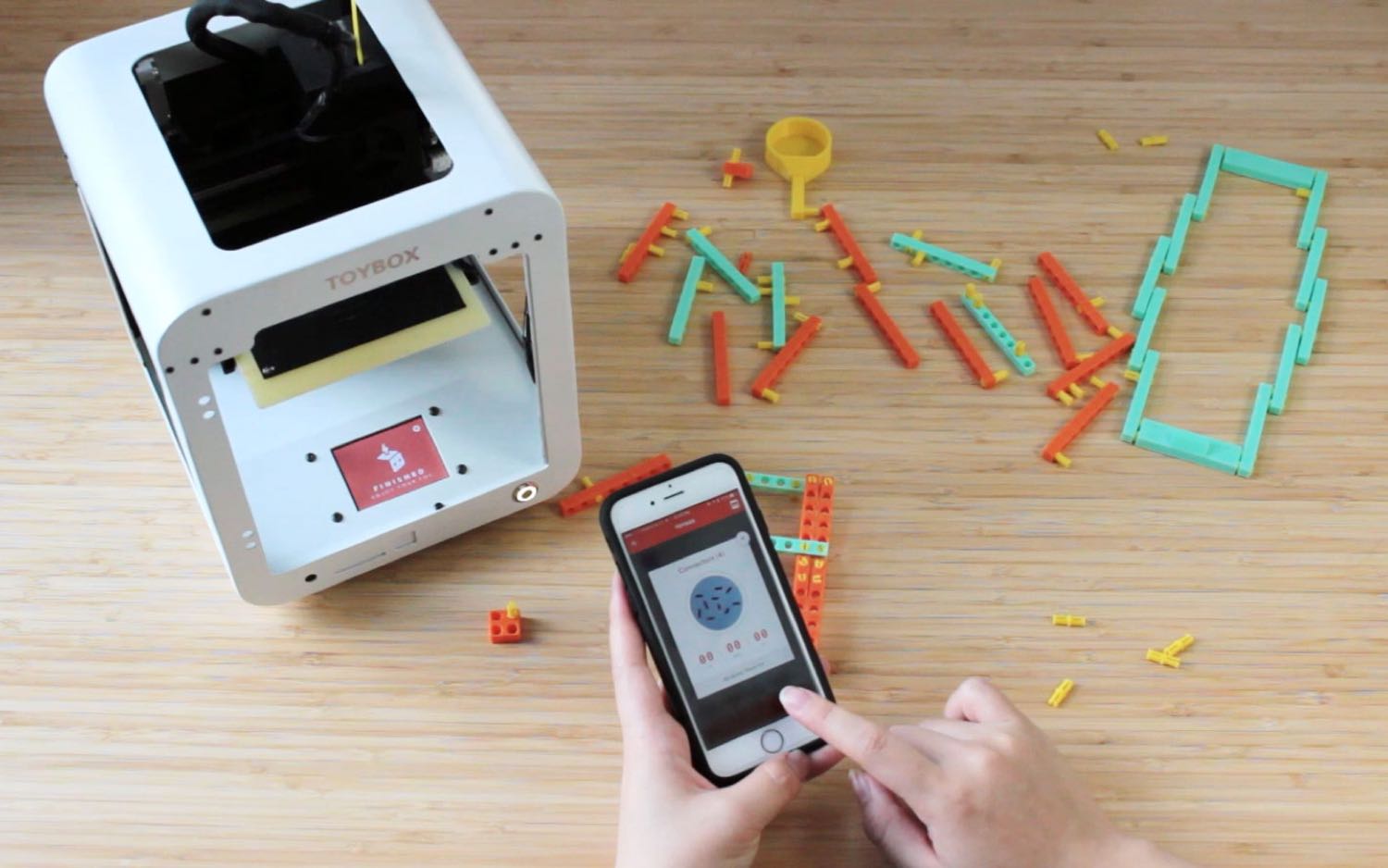
There's are a great selection of free toys available at Make.Toys, from trains and tracks to castles, miniature figures, seasonal toys like a cute pumpkin and oddities like an owl cookie cutter. The Make.Toys web interface also allows you to create your own toys, either by modifying one of the available models or uploading your own.
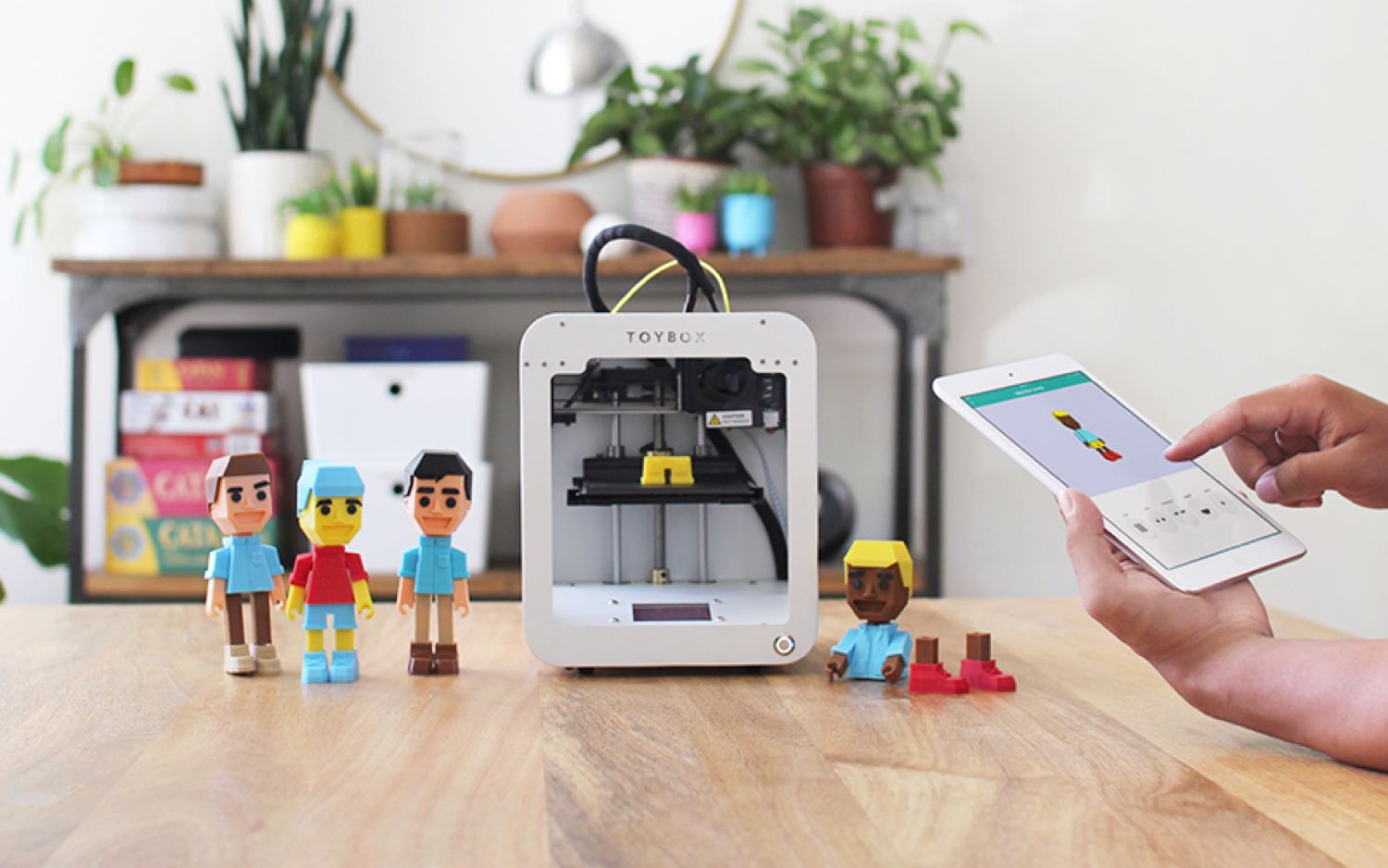
To print one of the existing models, you just select the model and hit print. The service does the rest; there is no need to copy files, connect cables or process files. An online editor lets you create personalized figures or tweak an existing model by stretching and scaling it. The service's 3D editor is pretty basic, but I could build a few simple models without problems.
You can load existing 3D models in .stl or .obj formats, but the editing tools are still pretty basic. If there is a problem with the model (such as a hole in the 3d mesh), the system will warn you, but can’t fix it. We also found that more complex models, such as the geometric sculpture and set of planetary gears we typically use in testing, were a bit much for this system to cope with. That's not surprising, as both are complex models designed to confuse a printer, and are not really what the Toybox was intended to work with.
Toybox 3D printer review: Print process
Once you've chosen or created your toy, you hit print in the web interface, and your object starts printing. All of the hard work of configuring the print, creating the print file and sending it to the printer is done by Make.Toys' online service.
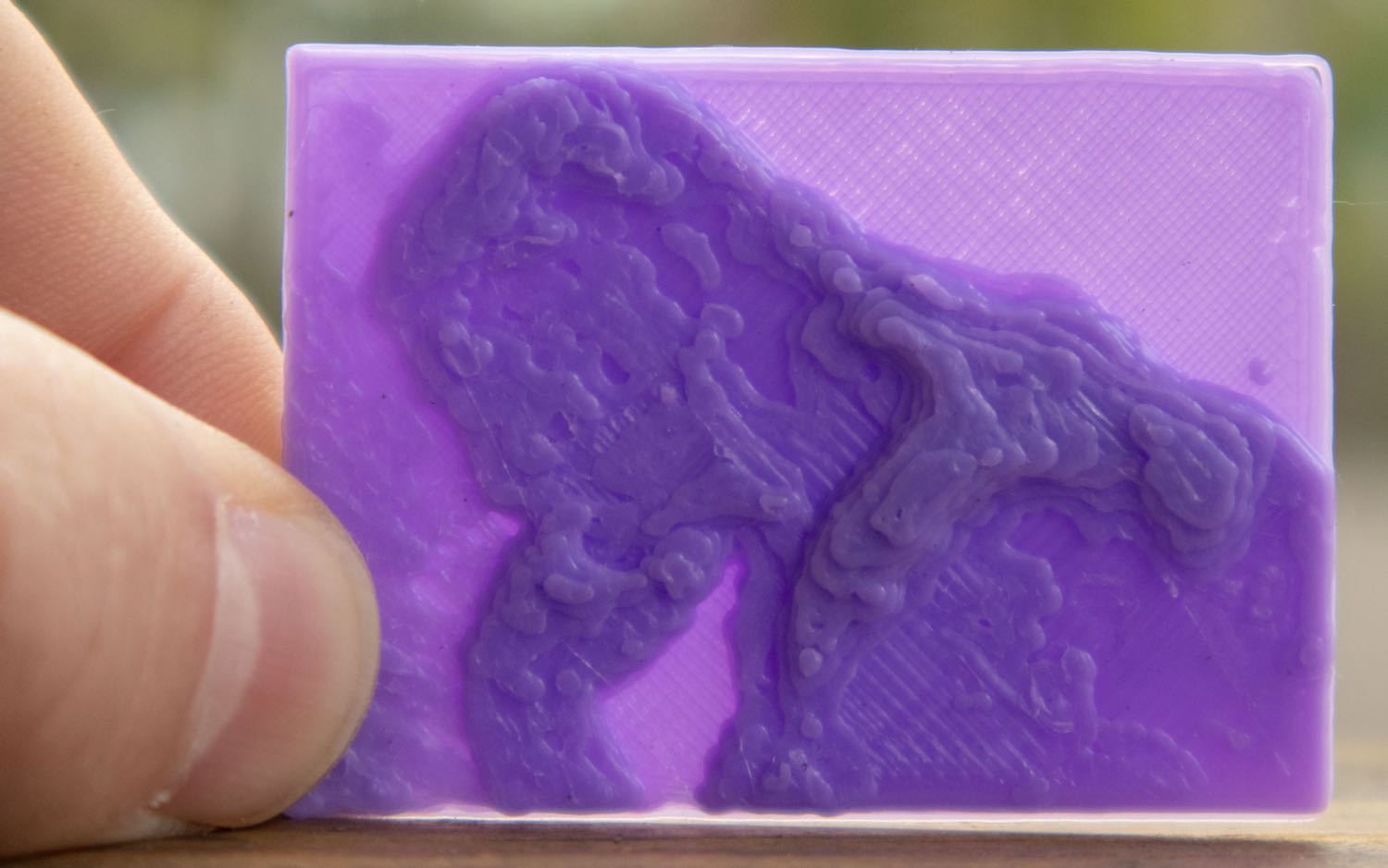
We found printing to be mostly successful, but we did have a few failures. The PLA print material does not always stick to the Toybox's unheated print bed, so we had some prints fail at the beginning as parts came loose and stuck to the extruder rather than the printhead. On more than one occasion, I had to pry a goopy lump of melted PLA off the extruder when it became stuck.
Other prints failed partway through the process, ruining the print. A print of the train track bridge, for instance, failed when one of the towers of the bridge came loose and stuck to another part of the print.
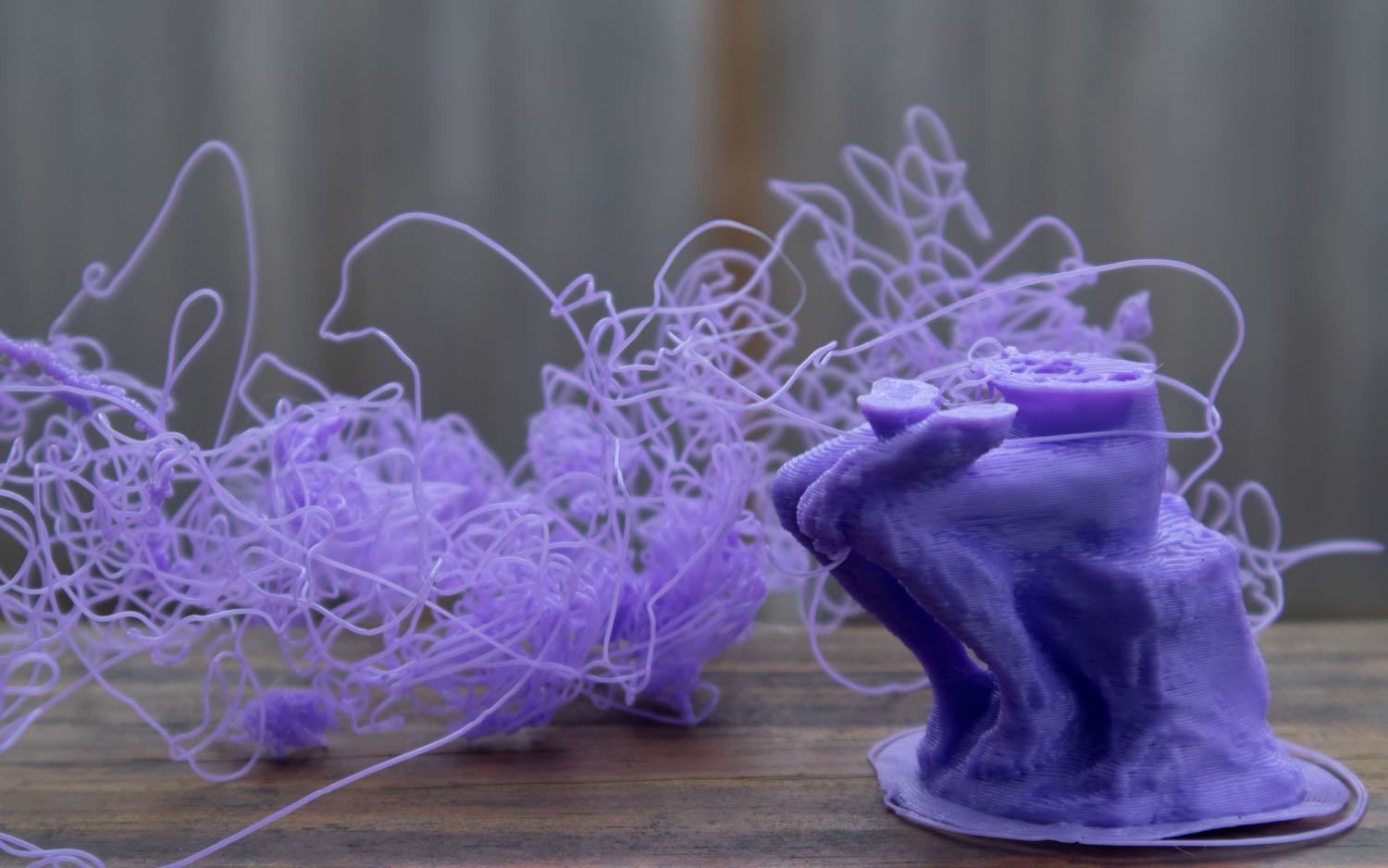
But these cases were more the exception than the rule. Most of our test prints on the Toybox worked flawlessly, creating prints that stuck to the print bed and which were easily removed from the print bed afterward.
Toybox 3D printer review: Print speed
Because of the small size of the print area of the Toybox, we were not able to do our full comparative tests that feature a 4-inch-high print. Toybox prints max out at a little more than 3 inches tall. However, we did find that the Toybox is a fairly fast printer — a 3-inch high version of our Thinker print took just 1 hour and 45 minutes to print.
Toybox 3D printer review: Print quality
We were generally impressed with the quality of the prints produced by the Toybox, which were clean and well printed. The thick layers of the print are somewhat obvious (look at the close-up photo of the Thinker statue, for instance), but don't usually detract from the look and playability of the prints.
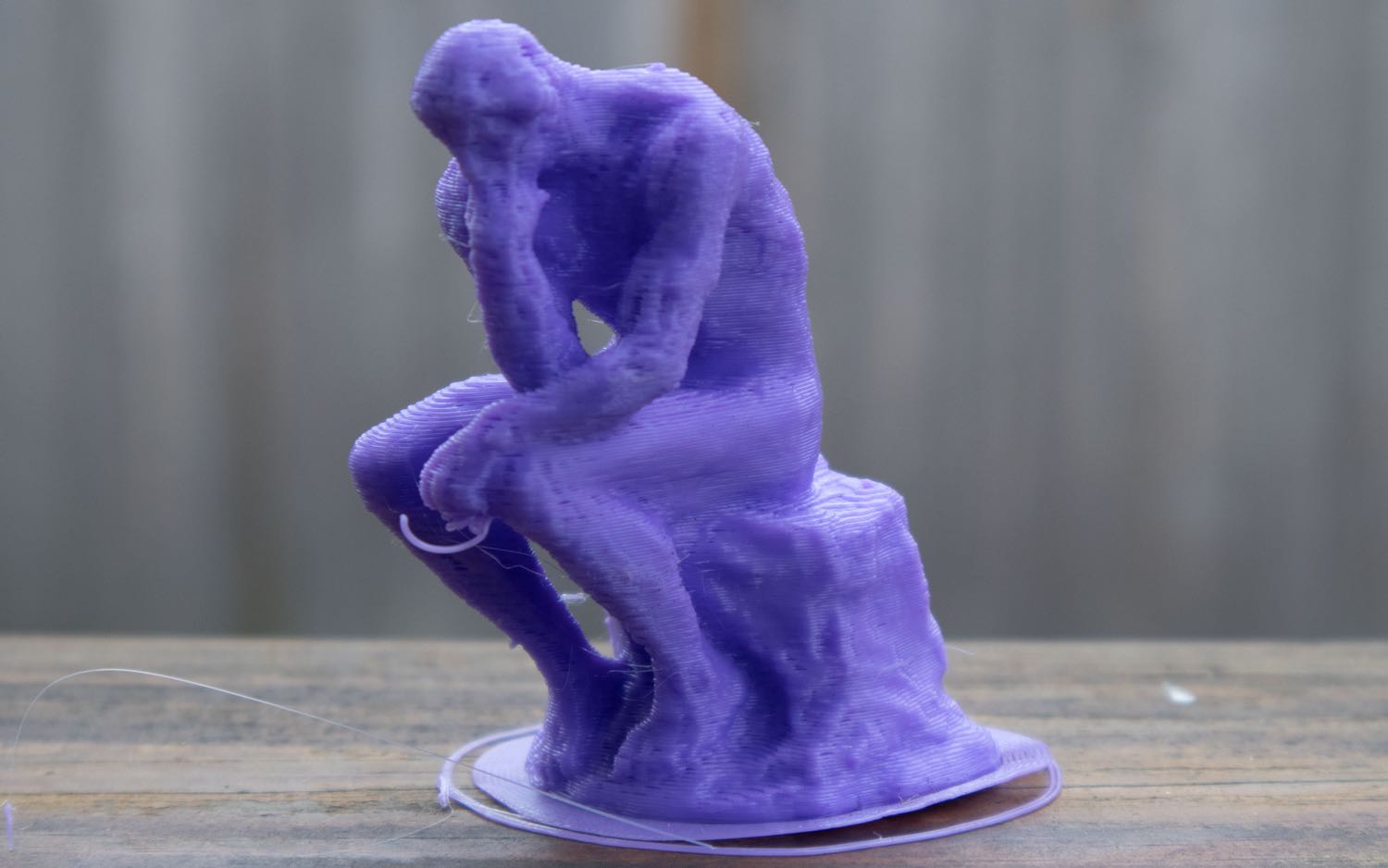
The Toybox did struggle with some fine details,though: The clips that hold the wheels on the train were not very well formed, so the wheels had a tendency to stick as they went around, or to sometimes fall off.
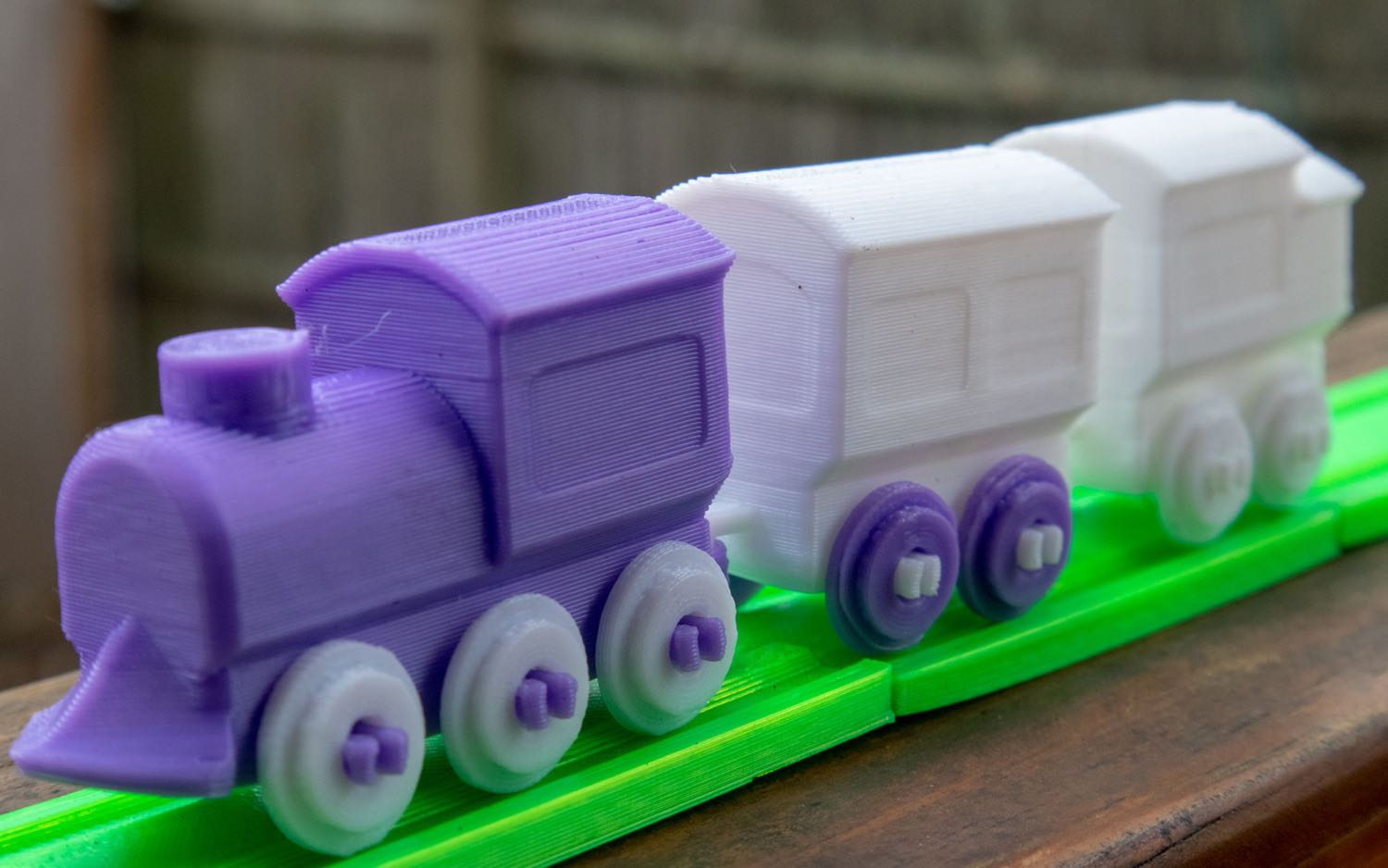
Toybox 3D printer review: Verdict
The Toybox is a lot of fun, allowing you to print simple, colorful and fun toys on demand that might give a young maker insight into how things are made. And the process is wonderfully simple: no messing with installing apps and configuring slicers. It is just press print, wait and play. But the Toybox is not perfect: We had a certain number of failed prints and other quirks that make it not quite the hassle-free process you might hope for.
So, is this 3D printer going to replace a big box of Legos? No. The prints the Toybox produces are not as high quality as mass-produced plastic blocks, and some users will find the print times frustrating. But for older children who know where not to stick their fingers, and who want to add a creative angle to their play, the Toybox is a great and not overly expensive printer.
Richard Baguley has been working as a technology writer and journalist since 1993. As well as contributing to Tom's Guide, he writes for Cnet, T3, Wired and many other publications.
